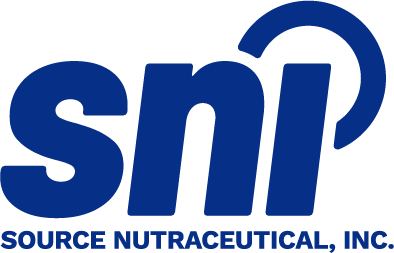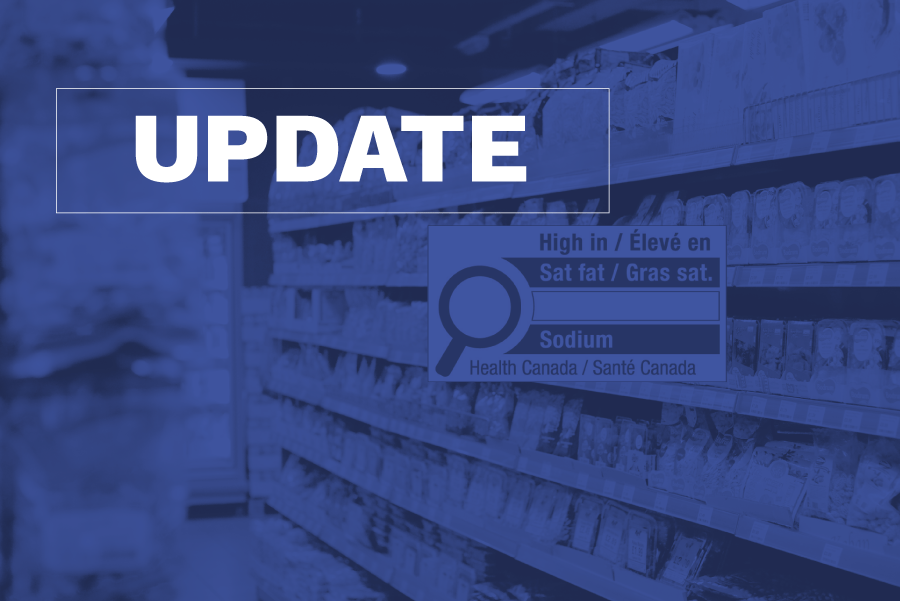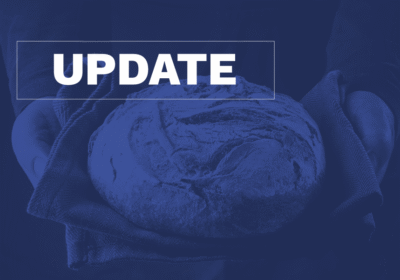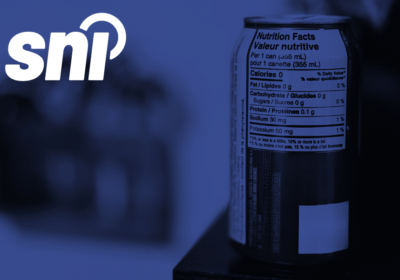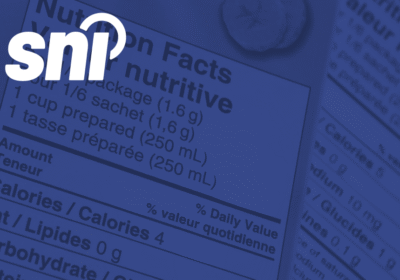In the ever-evolving landscape of food labelling, it’s essential for businesses to stay up to date with regulatory changes. Recently, Health Canada released interim policy statements that address Front-of-Package (FOP) nutrition labelling for two specific categories of food: prepackaged fresh coconut and ready-to-eat breakfast cereals. These changes aim to clarify the application of the FOP nutrition symbol and ensure alignment with the original intent of the regulations.
However, as always, these updates may have broader implications beyond just the FOP label. One significant aspect that often comes into play when discussing nutrition labelling is the Nutrition Facts Table (NFt), which provides detailed nutritional information about a product. So, what do these interim policy changes mean for your NFt, and how should businesses approach potential updates to ensure compliance and transparency?
Understanding Health Canada’s FOP Labelling Regulations
Health Canada’s FOP nutrition labelling system is designed to highlight certain nutrients—such as saturated fat, sodium, and sugar—that are of particular concern to public health. The goal is to make it easier for consumers to make healthier choices when they’re shopping for prepackaged foods. When these nutrients exceed specified thresholds, products are required to display a symbol on the front of the package. For an overview of the FOP labelling, read out blog post here.
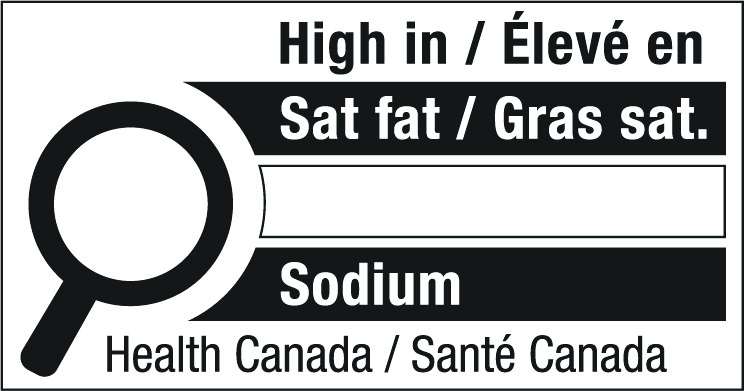
The recent interim policy revisions, however, are an effort to adjust the regulations to better suit the intended purpose. Specifically, they address how prepackaged fresh coconut and ready-to-eat breakfast cereals (with a serving size of 43 g or more per 250 mL) are assessed for FOP labelling.
Key Policy Updates: Coconut and Cereal
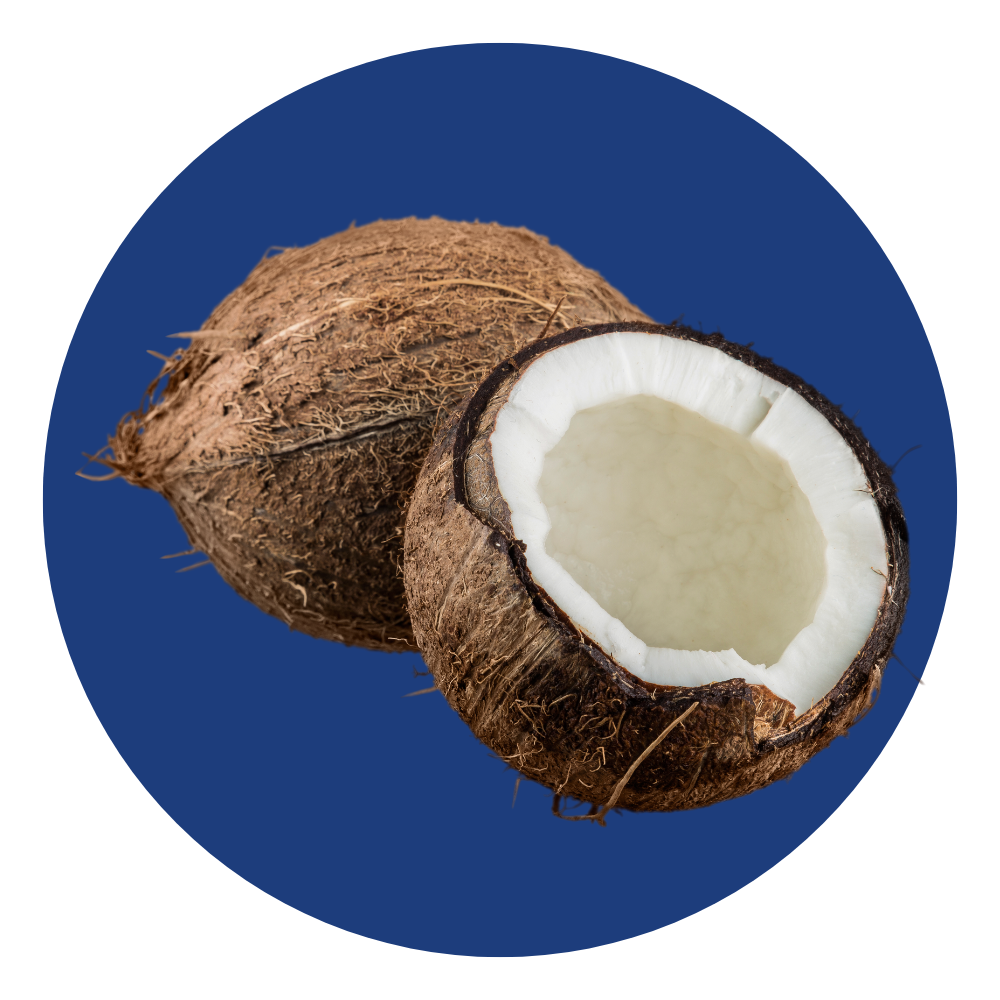
For prepackaged fresh coconut, the interim policy has clarified that the FOP nutrition symbol should not be required. This decision stems from the fact that fresh coconut is exempt from the Nutrition Facts Table (NFt) requirement, as it is a single ingredient without added fat, sugar, or sodium. Since the FOP nutrition symbol is meant to complement the NFt, Health Canada has determined that requiring the symbol for fresh coconut does not align with the policy’s original intent.
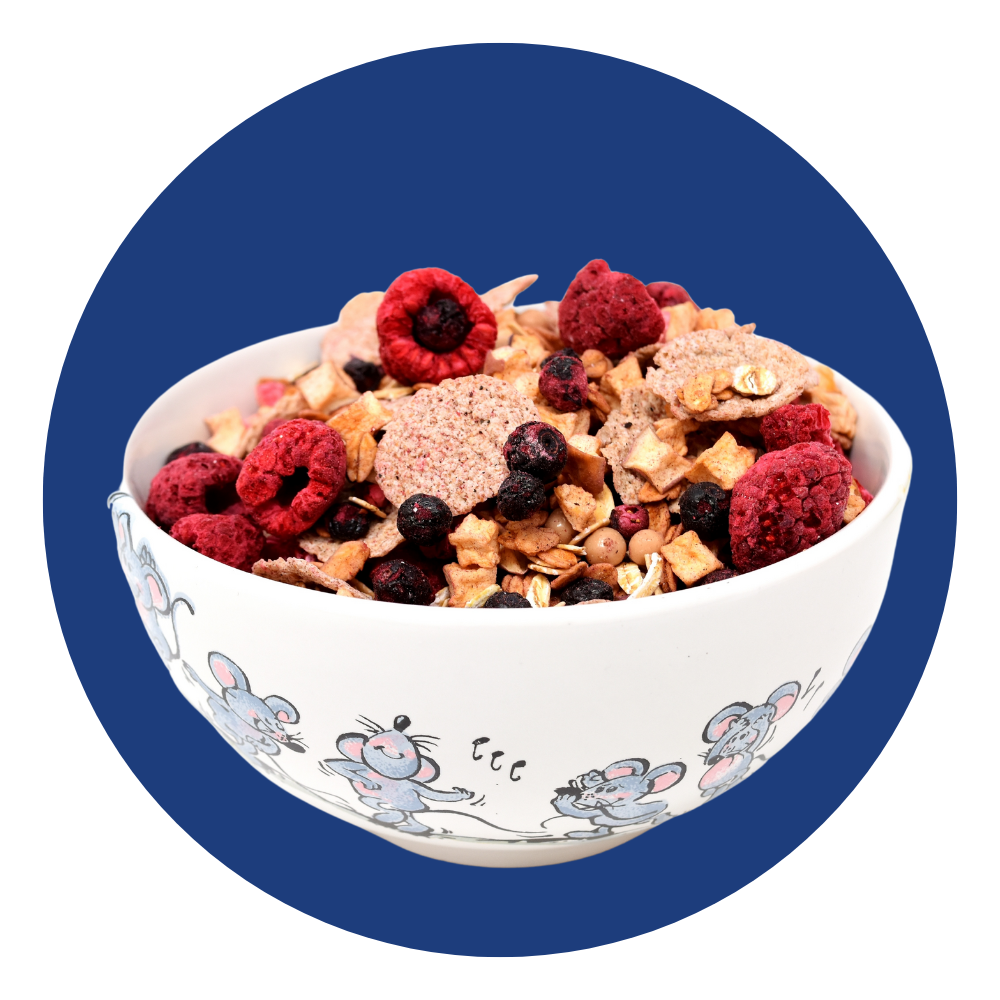
In the case of ready-to-eat breakfast cereals, particularly those like granola with a serving size of 1 cup (often 43 g or more per 250 mL), Health Canada recognized that these products were unfairly impacted by the regulations. The large serving size required for granola meant the assessment of saturated fat, sugars, and sodium was based on a much larger portion than what is typically consumed in one sitting. The interim policy now states that for these cereals, the FOP symbol assessment should be based on the reference amount of 55 g instead of the 1-cup serving size until further regulatory updates can be made.
How Does This Affect Your Nutrition Facts Table (NFt)?
The interim policy provides important updates for FOP labelling, but it doesn’t explicitly state that changes are required for your NFt.
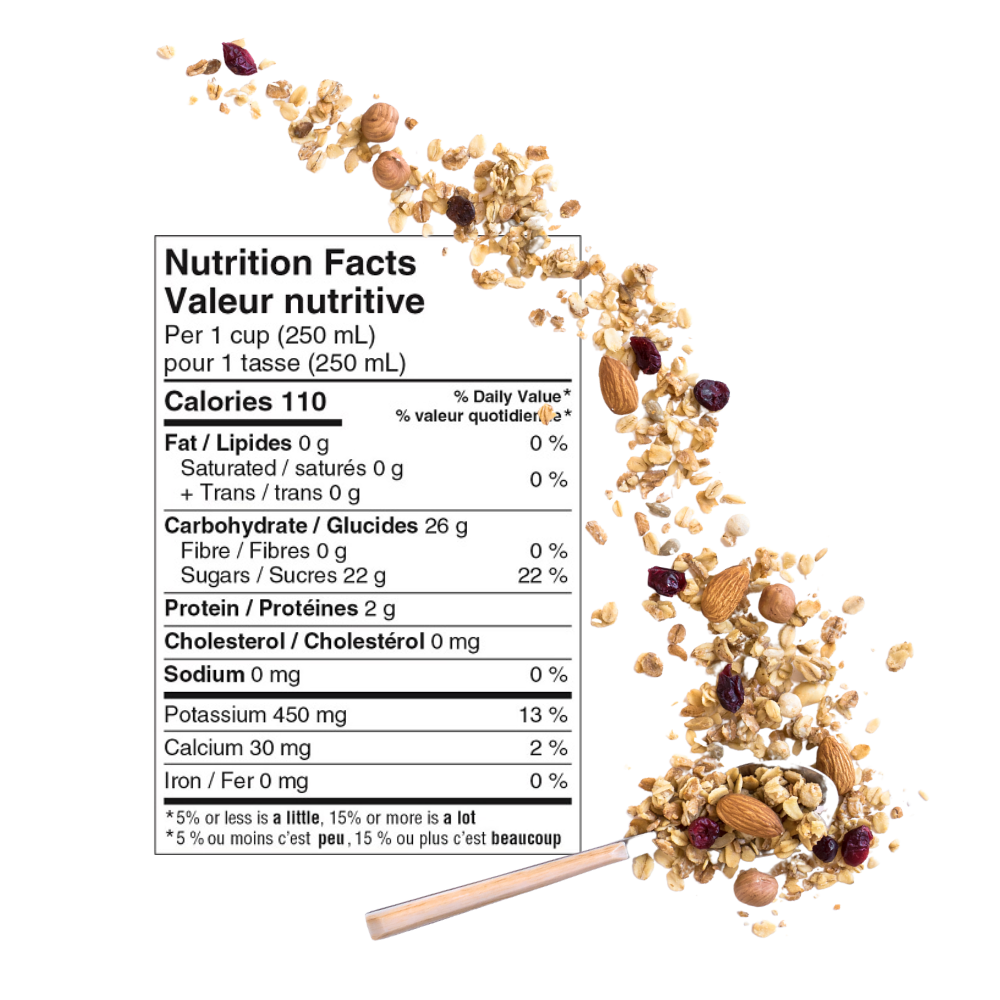
If your product falls into the ready-to-eat breakfast cereal category and is currently assessed using a 1-cup serving size, it is important to maintain this serving size for the NFt. While the FOP nutrition symbol assessment can be based on the 55 g reference amount, the NFt must continue to follow the current guidance and use 1 cup as the serving size reference.
Although Health Canada is expected to update the NFt serving size requirements in the future, the existing regulations and reference amounts remain in effect and should be followed until further notice.
For prepackaged fresh coconut, since it is exempt from the NFt requirement, no updates to the NFt are necessary. However, for other forms of coconut (such as dried, frozen, or canned coconut), which do require an NFt, businesses should continue to display the appropriate nutritional information in accordance with Health Canada’s regulations.
Key Takeaways
- Health Canada’s interim policy updates clarify FOP labelling requirements for prepackaged fresh coconut and ready-to-eat breakfast cereals.
- Prepackaged fresh coconut is exempt from both NFt and FOP labelling requirements, aligning with the intent of the regulations.
- Ready-to-eat breakfast cereals (43 g or more per 250 mL) can now base their FOP labelling assessment on the reference amount of 55 g rather than the 1-cup serving size.
- Updating the NFt is not required, and the serving size must remain based on current guidance (i.e., the serving size of ready-to-eat cereal must follow the recommended daily allowance).
Final Remarks
Health Canada’s interim policy adjustments provide clarity for two key food categories: fresh coconut and ready-to-eat breakfast cereals. While the updates focus on FOP labelling requirements, manufacturers are expected to continue using the existing guidance for NFt serving sizes based on recommended reference amounts, rather than aligning them with FOP symbol assessments.
If you’re unsure whether to make these updates, reaching out to Health Canada or the SNI team directly for further clarification is a good way to ensure you’re on the right track. As regulations continue to evolve, staying proactive about your product’s labelling can help your business remain compliant and build consumer trust.

Navigating Health Canada’s FOP labelling regulations can be complex, but we make it simple.
Our team provides end-to-end regulatory support, from ensuring compliance with FOP and NFt requirements to designing packaging that meets legal standards while standing out on shelves.
Whether you need guidance on regulatory changes, NFt alignment, or government approvals, we streamline the process so you can focus on your business. Let us handle the details—reach out today for expert support in FOP labelling, food labelling compliance, and regulatory-friendly design!
💡 Compliance is easy with the right support!
📩 info@sourcenutra.com
Send us a request using our form:
FAQs:
What is the purpose of Front-of-Package (FOP) nutrition labelling?
FOP nutrition labelling is designed to help consumers quickly identify products that contain high amounts of saturated fat, sugars, or sodium. By displaying a clear symbol on the front of packaging, shoppers can make informed choices at a glance without having to analyze the full Nutrition Facts Table (NFt). Learn more about the FOP requirements in our blog.
Example: A frozen pizza that exceeds Health Canada’s threshold for sodium will display a FOP symbol indicating “High in Sodium” to alert consumers before they make a purchase.
Which products are required to have a FOP symbol?
Any prepackaged food that meets or exceeds Health Canada’s thresholds for saturated fat, sugars, or sodium must display the FOP symbol. However, some foods, such as fresh whole fruits and vegetables, raw meat without added ingredients, and certain dairy products, are exempt.
Example: A bag of plain, unprocessed almonds does not require an FOP symbol, but honey-roasted almonds with added sugar might if they exceed the sugar threshold.
How do the recent policy updates affect FOP labelling for fresh coconut and ready-to-eat breakfast cereals?
Health Canada’s interim policy clarifies that prepackaged fresh coconut should not require an FOP symbol because it is exempt from NFt requirements. Meanwhile, for ready-to-eat breakfast cereals (especially denser varieties like granola), FOP labelling assessments should be based on a 55 g reference amount instead of a 1-cup serving size, which previously led to stricter-than-intended requirements.
Example: A brand of granola that previously had to display a “High in Sugar” FOP symbol based on a 1-cup (100 g) serving size may no longer need the symbol if assessed using the 55 g reference amount.
When will enforcement of the FOP labelling regulations begin?
Health Canada’s FOP labelling regulations officially come into effect on January 1, 2026. This means businesses have until this date to update their packaging and ensure compliance with the new labelling rules.
